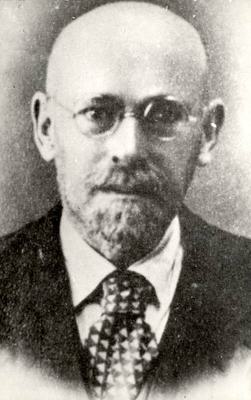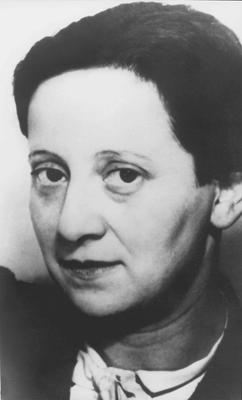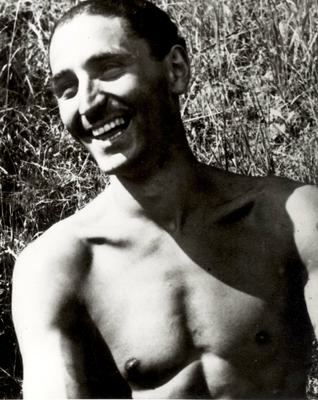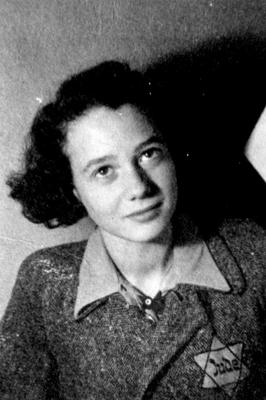Who Were the Educators?
More about Janusz Korczak (1878 or 1879–1942)

A Polish-Jewish doctor and educator, Janusz Korczak ran an orphanage in Warsaw, where he implemented his unique ideas about how children should be educated, emphasizing their independence. Once his orphanage was moved to the Warsaw ghetto in 1940, he worked tirelessly to ensure the safety and well-being of the growing number of orphans in his care. When the orphans were to be sent on trains to the Treblinka killing centre, he turned down the opportunity to stay behind and was killed, along with the children, upon arrival. His work lives on, influencing how we think about education and the rights of children.
Janusz Korczak. Poland, date unknown.
Yad Vashem Photo Archive, Jerusalem. 3380/1253.
More about Friedl Dicker-Brandeis (1898–1944)

Friedl Dicker-Brandeis was an Austrian-Jewish artist and educator who organized art lessons for children in Theresienstadt. She gave the children who studied with her an opportunity to express their feelings about the world around them. Friedl Dicker-Brandeis was murdered in Auschwitz-Birkenau in 1944. Before she was deported, she carefully concealed the artworks that were created by her pupils at Theresienstadt, and many of these paintings and drawings still exist today.
Friedl Dicker-Brandeis. Theresienstadt, Terezín, Bohemia and Moravia (now Czech Republic), date unknown.
The visual material is from the collections of the Jewish Museum in Prague.
More about Fredy Hirsch (1916–1944)

Fredy Hirsch was a German-Jewish athlete and youth leader who organized activities, especially focusing on athletics and exercise, in Theresienstadt. After he was deported to Auschwitz-Birkenau, he gained permission to establish a children’s barracks in the Czech family camp. Under terrible conditions, he created spaces for young people to learn and play. He died in 1944, when most of the family camp prisoners were murdered.
Fredy Hirsch. Theresienstadt, Terezín, Bohemia and Moravia (now Czech Republic), date unknown.
Yad Vashem Photo Archive, Jerusalem. 82GO6.
More about Edith (Dita) Kraus (1929–2025)

Dita Kraus, a young Jewish teenager from Czechoslovakia, was influenced by the leaders and educators she encountered during the Holocaust. In Theresienstadt, she took art classes from Friedl Dicker-Brandeis and participated in Fredy Hirsch’s organized activities. When Fredy Hirsch organized the children’s barracks in the Czech family camp at Auschwitz-Birkenau, Dita worked alongside him as the barracks librarian. She was in charge of the approximately one dozen books that had been salvaged from confiscated prisoners’ belongings. In 1944, Dita was sent to do forced labour in Hamburg, Germany, where she was later liberated. After the war, she became a teacher.
Dita Kraus. Place and date unknown.
Yad Vashem Photo Archive, Jerusalem. 6009/3.